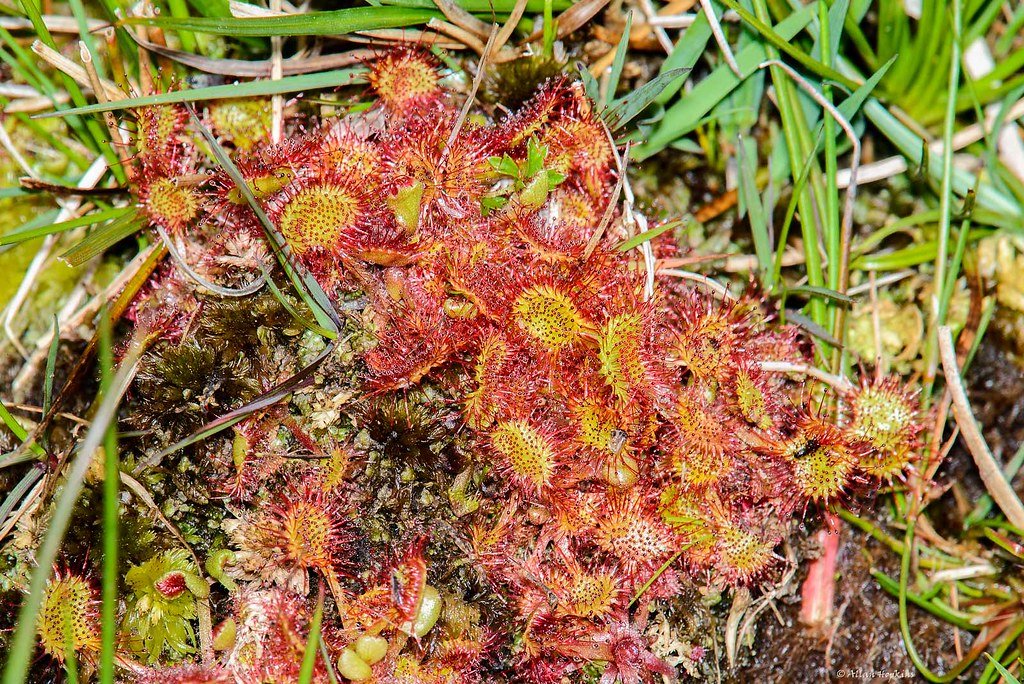Imagine standing on a windswept cliff along Ireland’s Wild Atlantic Way, hearing the distant echo of a language that has survived centuries of change, challenge, and even attempted erasure. The Irish language, or Gaeilge, isn’t just a relic of the past—it’s alive, vibrant, and woven into the very soul of the Irish landscape. More than just a means of communication, Irish is a living testament to resilience, cultural pride, and the enduring power of identity. For science lovers, nature enthusiasts, and the simply curious, the story of Irish is one of hope, revival, and an unbreakable link between people and place. Why does this matter? Because when a language thrives, so does everything it touches: from biodiversity to mental health, from community to creativity. Let’s dive into the remarkable resurgence of Irish and discover why its heartbeat matters now more than ever.
A Language Carved by Nature

The Irish language is deeply connected to the landscape of Ireland. Every hill, river, and valley often carries an Irish name, each one humming with stories and local lore. For nature lovers, this isn’t just poetic—it’s practical. Place names like “Gleann Dá Locha” (Valley of Two Lakes) or “Dún Laoghaire” (Laoghaire’s Fort) describe the environment in vivid detail, acting like a living map. Scientists have found that local languages often encode ecological knowledge, helping communities understand the land’s history, resources, and dangers. This connection means that as Irish thrives, so too does the knowledge of Ireland’s unique ecosystems. Losing such a language would mean losing a vital guide to the country’s natural treasures.
Revival Against the Odds

The story of Irish is one of remarkable resilience. For centuries, the language was suppressed under British rule, with harsh penalties for its use in schools and public life. By the early twentieth century, Irish seemed on the brink of extinction. Yet, instead of fading quietly, it sparked a passionate revival. Grassroots organizations began to promote Irish through music, literature, and summer schools. Today, the language is taught in every school in the Republic of Ireland, and Gaeltacht regions—areas where Irish is still spoken daily—are centers of cultural pride. The growth of Irish-medium schools (Gaelscoileanna) is particularly astonishing, with enrollment numbers rising year after year. This comeback story is not just inspiring—it’s a testament to the power of community and determination.
Cultural Identity and Pride

Language is much more than words—it’s the heart of a culture. When Irish people speak their native tongue, they’re connecting to a lineage that stretches back thousands of years. It’s a source of immense pride, a way to honor ancestors and celebrate unique traditions. Festivals like Oireachtas na Gaeilge bring people together in joyous celebration, showcasing Irish music, dance, and poetry. This cultural pride isn’t just symbolic; it gives people a sense of belonging and continuity. In a rapidly globalizing world, where identities can blur, Irish provides a touchstone—a reminder of who people are and where they come from.
A Scientific Lens on Language Survival
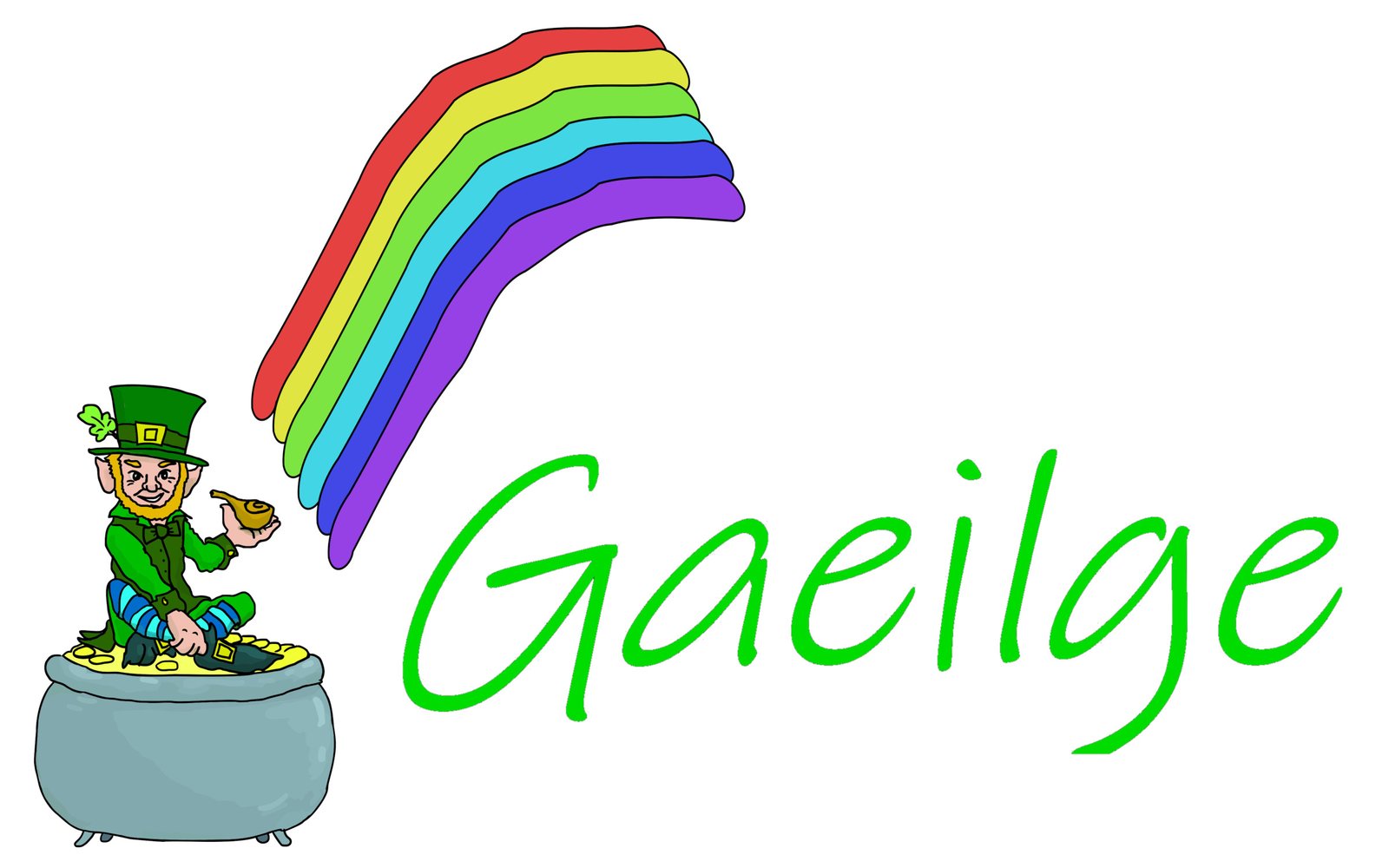
Linguists and scientists who study language survival are often amazed by Irish’s persistence. According to research, languages on the brink of extinction can bounce back if given the right support—such as education, media representation, and community backing. The Irish government’s commitment to promoting Irish, from bilingual road signs to Irish-language radio and television, has made a real difference. There’s scientific evidence that learning and using a minority language like Irish boosts cognitive flexibility, problem-solving skills, and even empathy. This means that the revival of Irish isn’t just good for culture—it’s good for brains, too.
Connecting Generations

Irish acts as a bridge between generations. Grandparents can share stories, songs, and wisdom in their mother tongue, passing down a sense of place and history to younger family members. In Gaeltacht villages, you’ll find children chatting in Irish on playgrounds, while elders weave tales of ancient heroes and local legends. This generational connection is powerful. It strengthens family bonds, fosters mutual respect, and helps younger people feel rooted in their heritage. When a language is lost, so too are these precious intergenerational links.
Irish in Modern Media
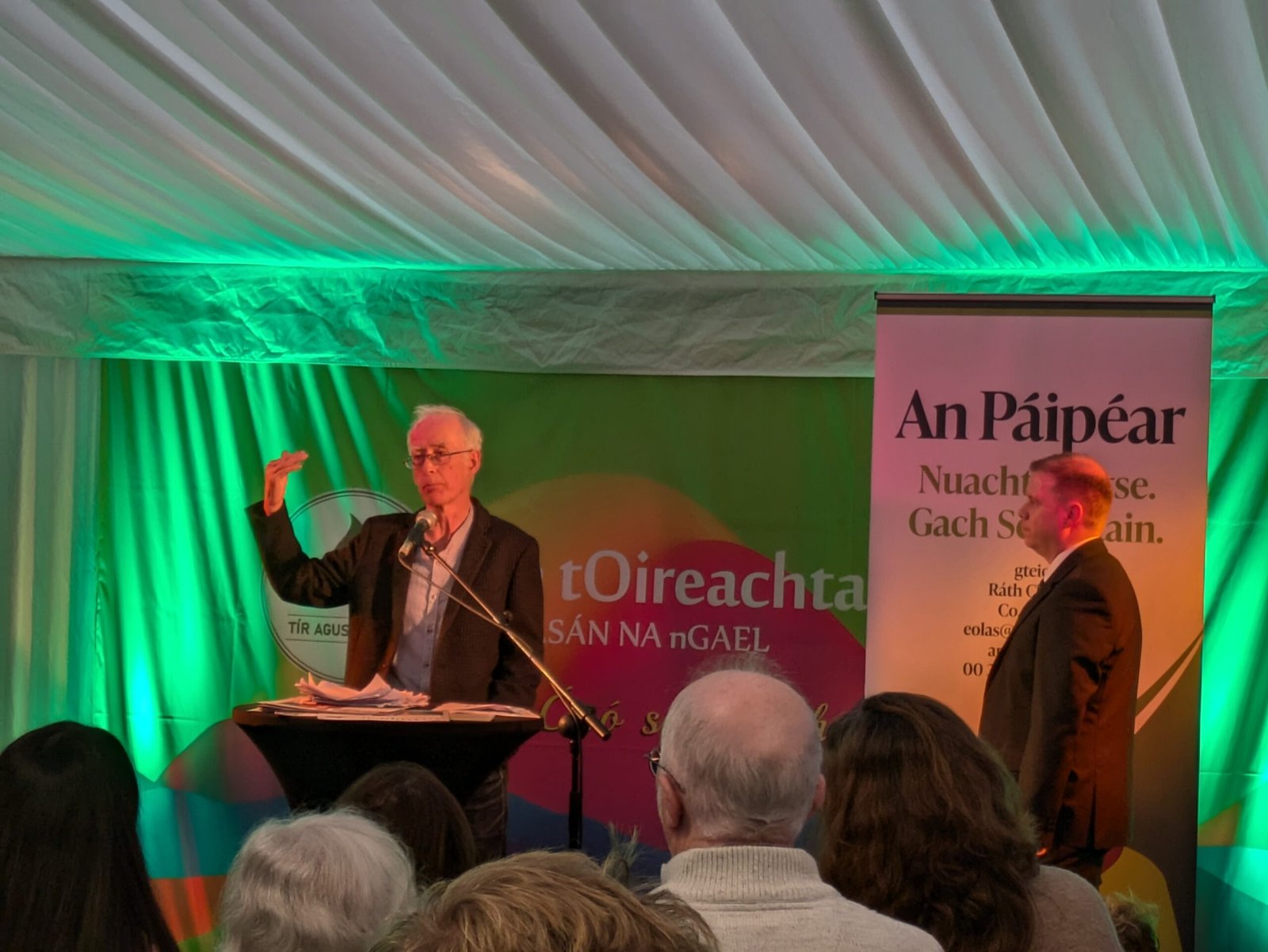
Contrary to stereotypes, Irish is not just for poetry or old tales—it’s thriving in modern media. There are lively Irish-language radio stations, television shows, podcasts, and even YouTube channels attracting young, tech-savvy audiences. Shows like “Ros na Rún,” Ireland’s only soap opera in Irish, have built a dedicated following. Irish musicians and bands are incorporating the language into contemporary music, making it cool and accessible. Social media hashtags like #Gaeilge2024 trend regularly, bringing Irish to new, global audiences. This dynamic presence in media proves that Irish isn’t stuck in the past—it’s shaping the future.
Enhancing Biodiversity Knowledge
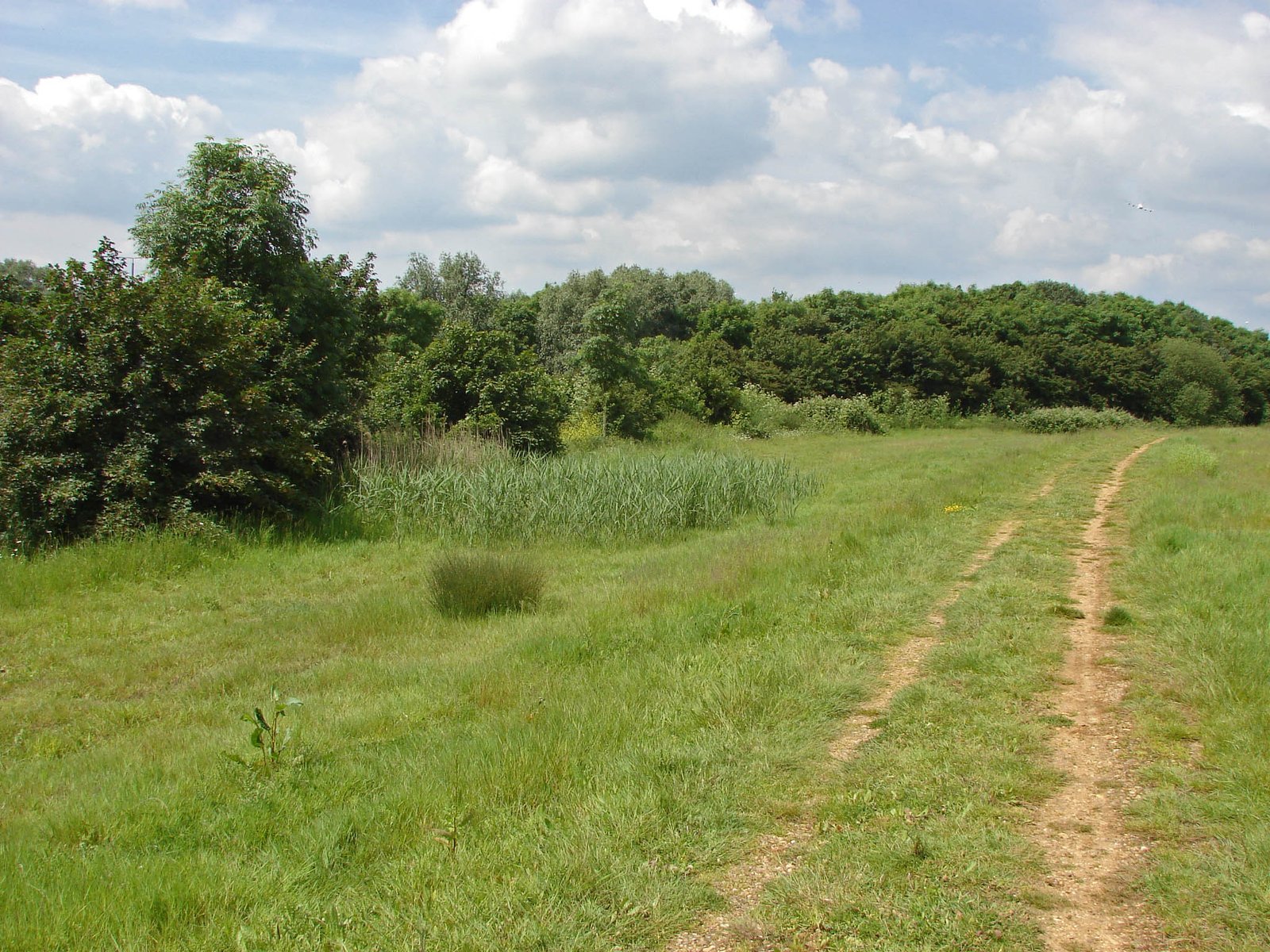
Language and biodiversity are often linked in surprising ways. Irish names for plants, animals, and weather patterns carry centuries of accumulated knowledge. For example, the word “meitheal” describes a tradition of communal work, often tied to the rhythms of the farming calendar. Biologists and conservationists have discovered that protecting minority languages can help preserve unique knowledge about local species and sustainable land use. In Ireland, activists and scientists often work together to document and revive these words, ensuring that vital ecological wisdom isn’t lost with the language.
The Power of Community

The Irish language movement is, at its core, a grassroots phenomenon. Community groups organize Irish-language classes, conversation circles, and cultural events in cities and rural villages alike. These gatherings are more than educational—they’re joyful celebrations of togetherness. Parents support each other in raising bilingual children, while local businesses proudly display Irish signs. Even immigrants and newcomers are joining in, learning Irish as a way to connect with their adopted homeland. This collaborative spirit turns language revival into a shared adventure, full of laughter, challenges, and triumphs.
Boosting Wellbeing and Belonging
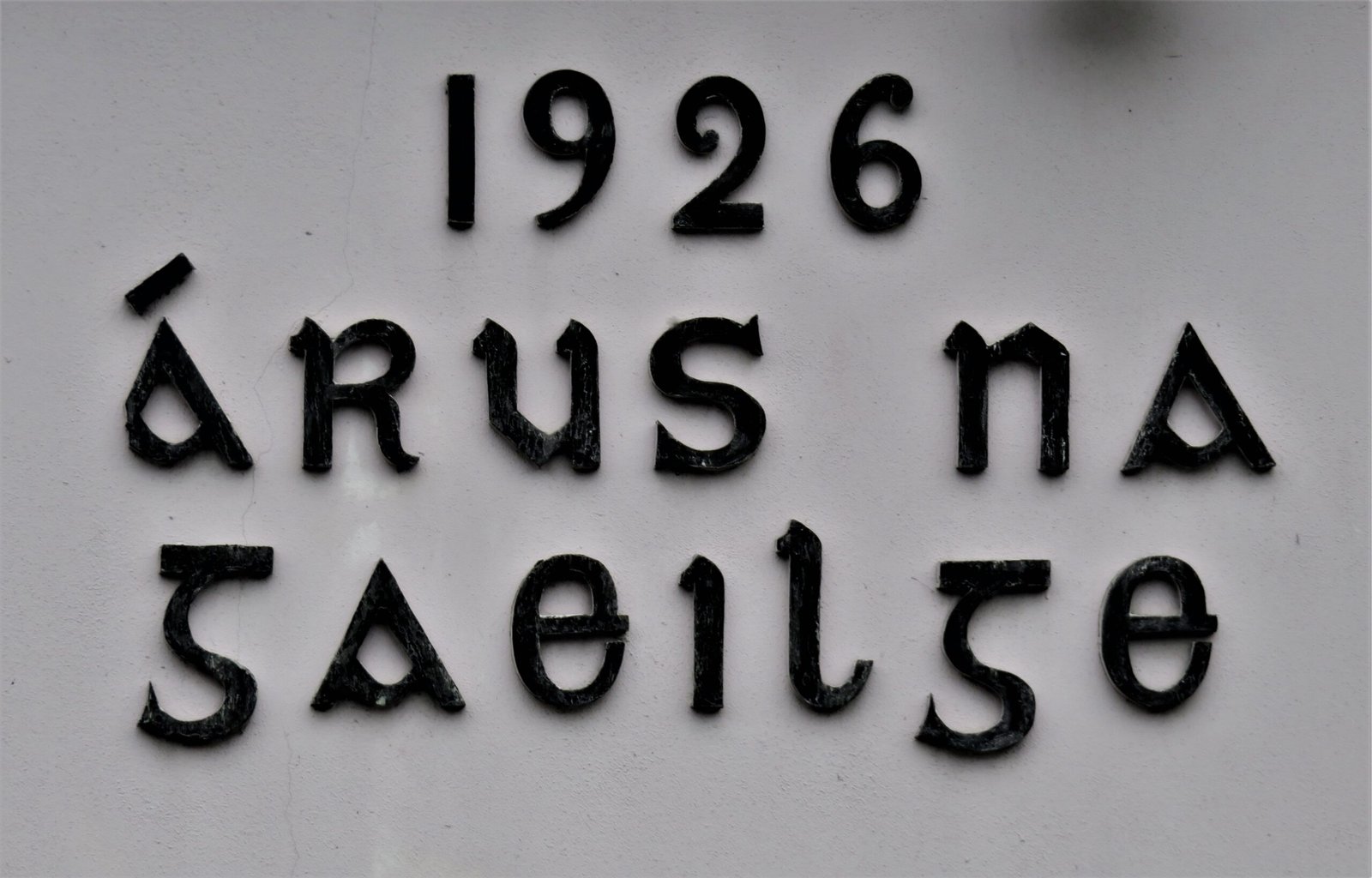
Studies show that speaking a minority language like Irish can improve mental wellbeing. People who use their heritage language often report higher levels of self-esteem and happiness. Being able to express oneself in Irish can bring comfort, especially during difficult times. Community events, music sessions, and storytelling nights provide opportunities for social connection and creative expression. For many, learning Irish is a joyful act of self-discovery—a chance to belong to something bigger than themselves.
Inspiring a New Generation
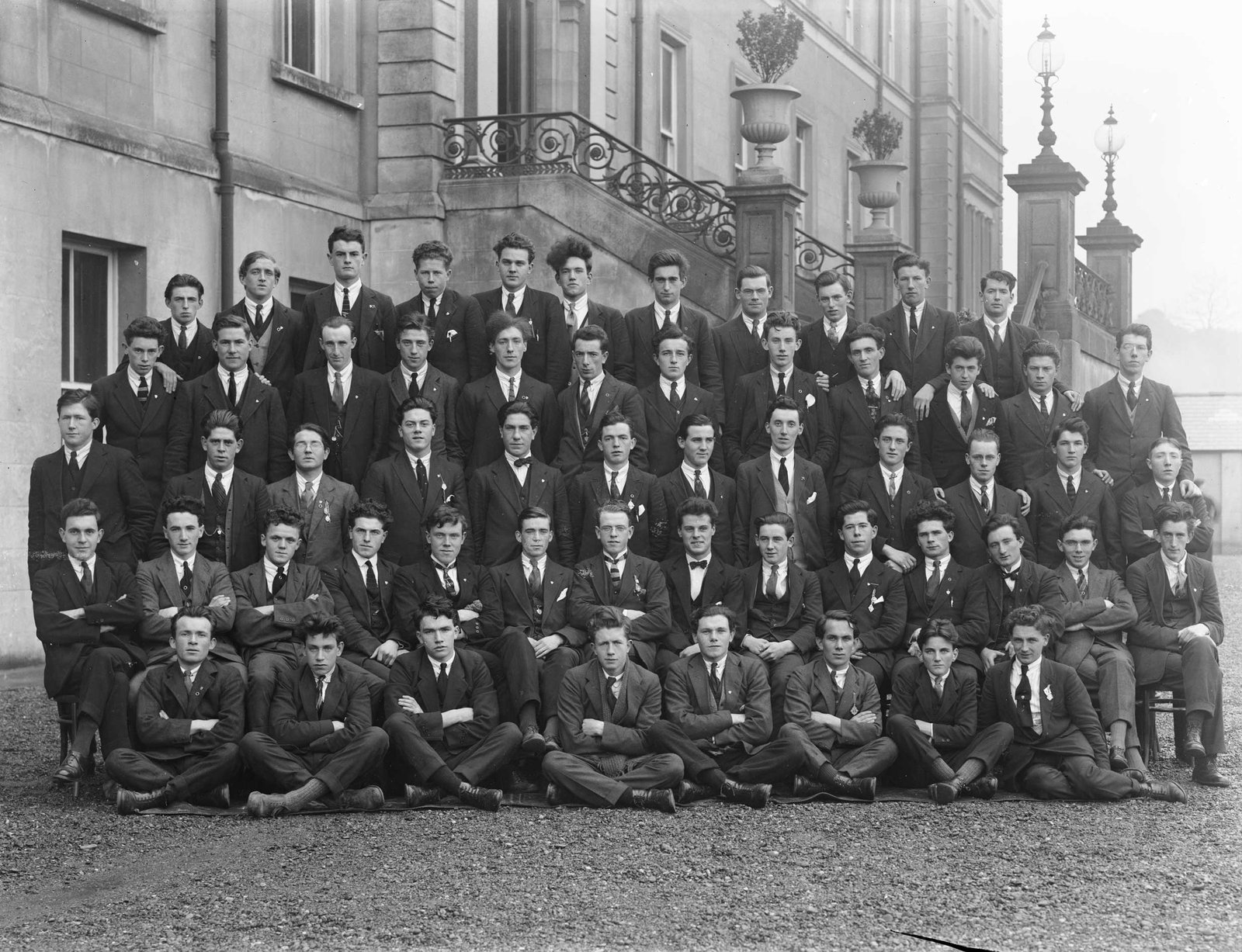
Perhaps the most magical thing about Irish today is the way it inspires young people. Across Ireland, students are choosing to study Irish not because they have to, but because they want to. From urban classrooms to remote Gaeltacht schools, enthusiasm is contagious. Young poets, musicians, and filmmakers are finding fresh ways to use Irish, blending tradition with cutting-edge creativity. This new generation isn’t content to let Irish gather dust—they’re giving it a new voice, one that’s bold, playful, and open to the world.
Looking to the Future
The journey of the Irish language is far from over. Every day, new speakers are joining the chorus, adding their own stories and dreams to the tapestry. The challenges are real—globalization, migration, and changing demographics all pose threats. Yet, the determination of Irish speakers is stronger than ever. With every word spoken, every song sung, and every sign posted in Irish, the language grows a little brighter. The story of Irish is, ultimately, a story of hope—proof that with enough heart, any language can thrive.


